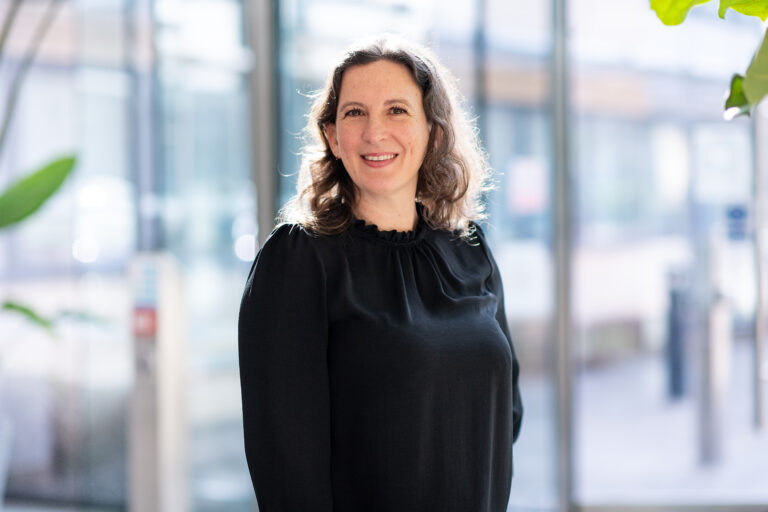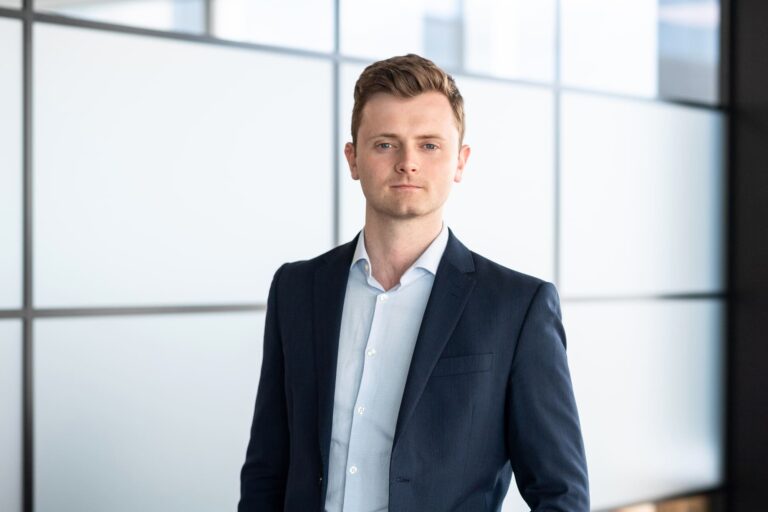The Court of Justice of the European Union (CJEU) has ruled in Santen (C‑673/18) that a Supplementary Protection Certificate (SPC) cannot be granted for a new medical use of a previously approved active ingredient, because an SPC must be based on the first marketing authorisation (MA) to place a product on the market as a medicinal product.
According to the Santen judgment, Article 3(d) of EU Regulation No 469/2009 must be interpreted as meaning that a MA cannot be considered the first MA where it covers a new therapeutic application of an active ingredient, or combination of active ingredients, where that active ingredient or combination has already been the subject of an earlier MA for a different therapeutic application.
This decision effectively reverses the landmark Neurim (C‑130/11) decision, which had opened the door to SPCs for a new therapeutic application of an active ingredient under certain circumstances, even if that active ingredient has previously been authorised for another therapeutic application.
Background
The present decision concerns the interpretation of Article 3(d) of the SPC Regulation (Regulation No. 469/2009), i.e. what comprises the first authorisation to place the product on the market as a medicinal product. The correct identification of the relevant first marketing authorisation may be an issue where a patent protecting a second medical use of a particular drug is used as the basis for an SPC application.
This issue had previously been addressed in Neurim, where the CJEU held that an existing MA obtained for a medicinal product does not preclude the grant of an SPC for a different application of the same product for which a later MA has been granted, provided that the different application falls within the limits of the protection conferred by the basic patent relied upon for the purposes of the application for the SPC. This became known as the “Neurim test”.
The earlier MA in Neurim was directed towards a veterinary medicinal product. Nevertheless, the CJEU’s reasoning indicated that the decision would have remained unchanged if the earlier MA had been obtained in relation to human use.
Patent offices throughout the EU have applied the Neurim test in a non-uniform manner. Whilst some offices took the view that Neurim should be limited to cases where the earlier MA was for a veterinary application, others applied a broader interpretation, such that SPCs were granted provided that the earlier and the later MAs were for different therapeutic indications. Some offices took an even broader approach, granting SPCs provided that the later MA differed from the earlier one with regard to a factor such as the formulation of the active ingredient, the administration or dosage regime, or the specific patient population to be treated.
This lack of harmonisation resulted in fresh referrals to the CJEU. In Abraxis (C-443/17) the CJEU held that SPCs are not available for new formulations of old active ingredients, but failed to clarify the correct interpretation of the Neurim test. This question has now finally be answered in the Santen judgment.
The matter at hand
The pharmaceutical company Santen obtained a MA for the medicinal product Ikervis. Ikervis contains ciclosporin as the active ingredient and is used to treat keratitis, an inflammation of the cornea. Santen’s application for an SPC based on this MA was rejected by the French patent office (INPI) on the grounds that a MA had previously been granted for ciclosporin, in the medicinal product Sandimmum. This earlier MA specified a number of indications, including the treatment of endogenous uveitis, an inflammation of all or part of the uvea, the middle part of the eyeball.
Challenging this rejection at the Court of Appeal, Paris, Santen argued that the concept of a “different application” of a product within the meaning of the judgment in Neurim should be treated broadly, encompassing different therapeutic indications, different formulations, dosages and means of administration. However, the INPI held a far stricter view, submitting that the later MA must relate to a new therapeutic field, or that the active ingredient must have a different mode of action in the later medicinal product compared to the medicinal product of the first MA.
In light of this dispute, questions were referred to the CJEU on the interpretation of the Neurim decision, namely how the concept of a “different application” should be interpreted and whether the expression “application within the limits of the protection conferred by the basic patent” means that the scope of the basic patent must be the same as that of the MA relied upon and, therefore, be limited to the new medical use corresponding to the therapeutic indication of that MA.
Strict interpretation of the legislature
In its decision in Santen, the CJEU reviewed the definition of a “product” set out by the SPC Regulation. Article 1(b) of this Regulation defines the product as an active ingredient or combination of active ingredients. Crucially, the CJEU held that the Regulation does not limit the scope of the definition of a product to any particular therapeutic use. Under Article 4 of the Regulation, the protection conferred by an SPC covers any use of a product as a medicinal product which was authorised before the expiry of the SPC, though this protection only extends to the limits of the MA.
Accordingly, the CJEU held that Article 1(b) of the Regulation should not be interpreted in reference to a therapeutic use. Therefore, a new therapeutic application does not make the active ingredient or combination of active ingredients a distinct product.
Next it was considered whether a MA granted for a new therapeutic application of an active ingredient should be considered to be the first MA for a product as a medicinal product, where it is the first MA to fall within the limits of the basic patent. The CJEU noted that Article 3(d) of the Regulation does not refer to the limits of protection of the basic patent and therefore rejected the Neurim test which takes into account the limits of the protection of the basic patent.
The CJEU ruled that the strict understanding of the meaning of “product” limits the possible interpretation of Article 3(d) such that the first MA for the product as a medicinal product must mean the first medicinal product incorporating the active ingredient or combination of active ingredients, regardless of the therapeutic use.
Observations
In a highly unusual move, the CJEU has overturned its own earlier Neurim judgment, although the restrictive approach taken in Santen is consistent with judgments previously handed down in Pharmacia Italia (C-31/03), MIT (C-431/04) and Yissum (C-202/05).
The CJEU appears satisfied that Santen strikes a “fair balance” between the objective of the SPC regime of compensating innovators for investment put into research concerning new active ingredients or combinations of active ingredients on the one hand, and taking into account any other interests at stake, such as those of public health on the other hand.
Nevertheless, by precluding the grant of SPCs for second medical uses of previously authorised products, the Santen decision creates an imbalance between the rewards available for identifying a new medicinal compound and those available for identifying a further therapeutic application of a known medicinal compound.
Furthermore, the Santen judgment leaves any SPCs that were previously granted for new therapeutic uses of known substances previously authorised for a different therapeutic use more vulnerable to validity challenges.
The decision is binding on all EU member states and because the Brexit transition period has not yet expired it is also relevant for the UK. It remains to be seen whether, after the end of the transition period, the UK chooses to follow or diverge from this judgment. Watch this space.


